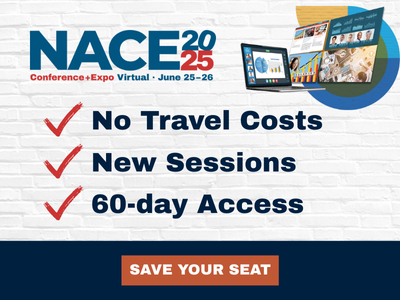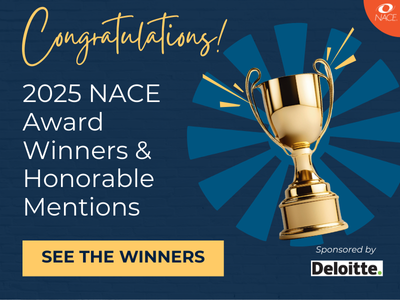Spotlight for Career Services Professionals
Michigan Gaining Early Awareness and Readiness for Undergraduate Programs (MI GEAR UP) is a statewide program designed to provide support to first-generation and income-eligible students from select high schools in low-income areas who are making the transition to college and throughout their first year.
A program of the U.S. Department of Education, MI GEAR UP fosters partnerships between Michigan’s 15 public higher education institutions and education, business, and government stakeholders. The program provides college awareness services to students and staff in 57 school districts and 81 schools throughout the state.
“The students who participate in MI GEAR UP need a couple things to make a successful transition to college,” says Jonathan Parks, who serves as MI GEAR UP director at Wayne State University, adding that Michigan just received notification that the program grant has been approved for this year after funding had been cut the previous two years.
“We focus a lot on identity and how to feed the positive self. We also give students life skills. For example, financial literacy is a key piece. Many school districts don’t address this, so students don’t understand the implications of using the first credit card they get. We want to give them life skills to go along with academic tools.”
The services MI GEAR UP provides to these students include:
- Tutoring;
- Mentoring;
- Academic preparation;
- Financial education;
- College visits;
- Career/college preparation workshops;
- Educational field trips;
- Financial aid information;
- Summer pre-college programs; and
- College educational awards.
In addition, the program increases access to education by offering college scholarships.
Students who wish to participate in MI GEAR UP must be enrolled in one of the targeted high schools, complete an enrollment form, and commit to program pledge guidelines, which include:
- Graduating from a Michigan high school;
- Maintaining at least a 2.5 GPA throughout school;
- Maintaining a public school attendance rate of 95% or better;
- Taking required courses during high school, including four years of English; four years of math; two years of science; and three years of history/social science;
- Taking the PSAT no later than 10th grade and the SAT or ACT in the 11th and 12th grades; and
- Applying for admissions and student financial aid at (preferably) a Michigan college.
There are some considerations for conducting the program.
“The digital divide is a real problem for these students,” Parks says.
“Many don’t have access to the equipment they need to get to college and stay there. Another key element is patience. On our side, we have to gain the trust of the students and their families so they buy in. Students come to this program because they want to, but you have to take the time to develop good relationships and be innovative to make them want to keep coming.”
For example, Parks points out that the COVID-19 pandemic has caused the MI GEAR UP program to increase its online delivery of services. This consistent connection with students—bolstered by bridging the digital divide by providing students who need technology to work from home with computers and mobile Wi-Fi hotspots—has kept students engaged and progressing toward their goals.
“Students now have more opportunities to connect with us than they did before,” he says.
As with any supplemental program, meaningful partnerships are critical, Parks adds.
“To have a viable program, you need internal stakeholders and external stakeholders to be invested in the mission,” he says.
“One of the beneficial partnerships we have is with an SAT preparation organization that provides instruction to more than 120 MI GEAR UP students. This partnership wouldn’t be possible if we didn’t have a strong partnership with a school district that allows us to offer this preparation. We average 22 interactions per student for SAT prep.”
Students also hear from professionals in fields they want to pursue to help them with their career exploration.
“By the time they are a sophomore in college, they are firmly walking the path toward the career they hope to pursue,” Parks notes.
“We use assessments to identify preferences, and then show them how those preferences turn into their major and how their major leads into their career. Throughout the program, we give our students exposure to a vast array of possibilities and opportunities that are crucial for their successful transition to college and, eventually, their career.”




